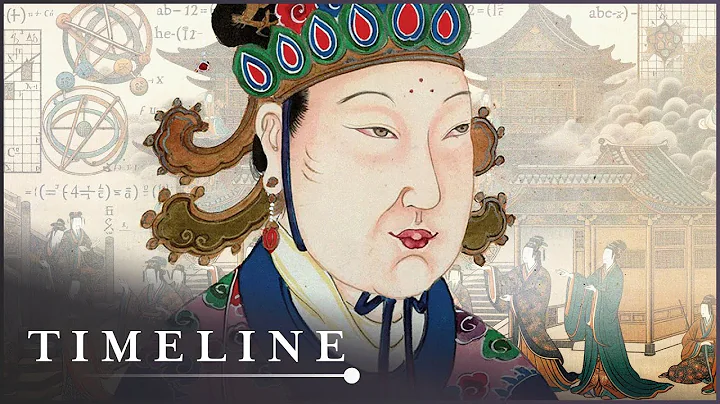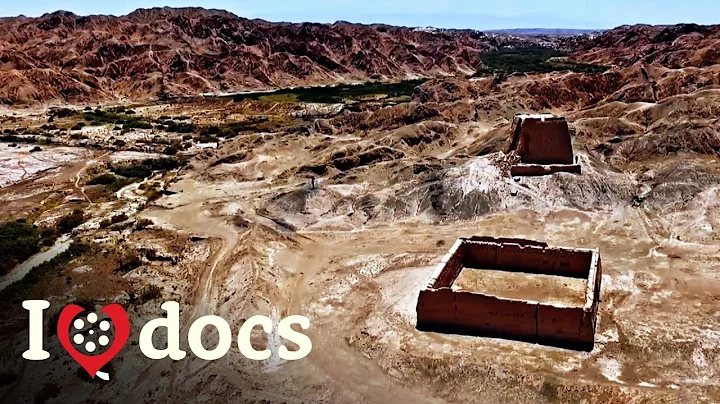Wuzhao Golden Jane
Date: Tang (618-907 AD)
Collection institution: Henan Museum

Relic value:
In May 1985, a farmer in Dengfeng Tangzhuang Mountain was discovered in Mount Songshan. A long piece of gold with text on the book. Handed over to the Dengfeng People’s Government and transferred to the Henan Provincial Museum by the Dengfeng People’s Government. It has been identified that this rectangular piece of gold is 36.2 long, 8 cm wide, 223.5 grams in weight, and contains more than 96% gold. It has no ornamentation on the whole, and its double hooks are engraved with 63 characters in 3 lines. The above remarks: "The Lord of the Great Zhou Dynasty, Wu Zhao, Haole Zhendao, the immortal immortal, I would like to call the Songshan Gate of Zhongyue, cast gold and make a pass. So far, the three officials and the nine prefectures have been charged with extermination of Wuzhao. Tai Sui Gengzi July Jia Shenshuo 7th Jiayin Xiao Hu Chaoji, the envoy, pays homage to me again.” This cultural relic was originally named "Wu Zetian Jinjian" and later renamed "Wu Zetian Jinjian".
Wu Zetian's golden slips conveyed a lot of cultural and historical information: the main content of the book on Wu Zetian's golden slips is "Jinyou Zhongyue Songshan Gate, cast the gold slips and pass, so far, the three officials and the nine houses have eliminated the crime of Wu Zhao." "Fu" is the Taoist gods of heaven, earth, and water and their palaces. This golden slip is a slip of throwing dragon made by Wu Zetian. It is a famous stab that Wu Zetian sent to the three officials and nine provinces, requesting relief from disasters and longevity. Throwing dragons is an important agenda for Taoist ritual activities. Ancient emperors held Taoist sacrificial activities. In order to communicate with the gods, pray for peace, and avoid disasters, they often wrote prayers on three slips and told the three officials, that is, throwing dragons. Jane. The dragon slips are mountain slips, earth slips, and water slips. The slips are cast in the mountains; the soil slips are buried in the ground; the water slips are cast in the Tandong Water House. The last year of the golden slips is "Tai Sui Geng Zi Seven" The month Jia Shenshuo is seven days.” Tai Sui Geng Zi is the Tai Sui chronology in ancient China. There are three commonly used chronology in ancient China. The first is the year chronology, which is mainly based on the time of the ancient emperor’s succession to the throne. There are more than 800 year titles. The second is the Tai Sui Chronicle, also known as the Sui Xing Chronicle. People imagine that there is a year star in space, which runs one year each year, and divides the sky into twelve parts called Twelve Tai Sui, and 10 years old. The yang names are matched in sequence to form sixty year names, and the sixty years are repeated. This chronology began at the beginning of the week, prevailed in the Spring and Autumn and Warring States period, and ended in the Eastern Han Dynasty, laying the foundation for the Ganzhi chronology. The Ganzhi chronology began in the Eastern Han Dynasty. It became the chronology that is still used today in the Lunar calendar. The ancient bamboo slips were written by the year number, and the Tai Sui date was more popular in the Tang Dynasty. In addition to the Wu Zetian gold slips, the Tang Xuanzong cast dragon bronze slips also used the Tai Sui date. The 65-year-old silver slip was cast for the Tai Sui Chronicle. When the 77-year-old was cast, the year was changed to the Tai Sui Chronicle. This combined chronology is also reflected in the Song Dynasty Shenzong cast-dragon jade slip found in Jidu Temple.
武泽天金The bamboo slip is the only movable cultural relic left by Wu Zetian that is related to her. It is of great value for studying the history of the Tang Dynasty, Wu Zetian's political thought, Wu Zetian's calligraphy, the ancient bamboo slip system, and the ancient Feng Chan. However, Wu Zetian's The appearance, because there is no exact image that can be passed down, has become a mystery through the ages. However, in the urban legend of Luoyang, the Lucena Buddha in the Longmen Grottoes was sculpted in accordance with Wu Zetian's appearance.























